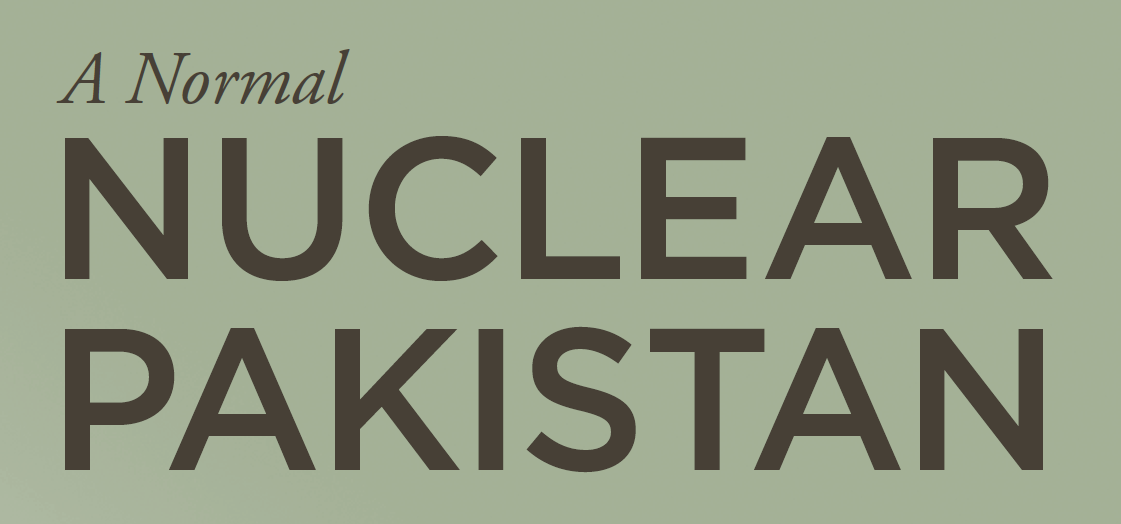SOURCE :https://outlook.live.com/owa/?path=/mail/inbox/rp
SAMPLE 'Q' PAPER FOR INDIAN NETAS TO QUALIFY FOR GETTING A TICKET TO PARLIAMENT
AS A MATTER OF PRINCIPLES EVEN BABUS SHOULD ALSO PERIOICALLY APPEAR FOR SUCH TESTS TO QUALIFY FOR THEIR PROMOTIONS & TO QUALIFY FOR NFFU
IF IN ARMED FORCES PROMOTIONS IS SUBJECT TO QUALIFYING IN VARIOUS PROMOTIONS TESTS THAN WHY NOT FOR BABUS
EVEN THE PRESEDENTIAL CANDIDATES IN USA HAS TO FACE SUCH SCRUTINY THAN WHY NOT BABUS & NETAS IN OUR COUNTRY
SAMPLE 'Q' PAPER FOR INDIAN NETAS TO QUALIFY FOR GETTING A TICKET TO PARLIAMENT
AS A MATTER OF PRINCIPLES EVEN BABUS SHOULD ALSO PERIOICALLY APPEAR FOR SUCH TESTS TO QUALIFY FOR THEIR PROMOTIONS & TO QUALIFY FOR NFFU
IF IN ARMED FORCES PROMOTIONS IS SUBJECT TO QUALIFYING IN VARIOUS PROMOTIONS TESTS THAN WHY NOT FOR BABUS
EVEN THE PRESEDENTIAL CANDIDATES IN USA HAS TO FACE SUCH SCRUTINY THAN WHY NOT BABUS & NETAS IN OUR COUNTRY
| ||||||||||||||||||||||||||||||||||||






